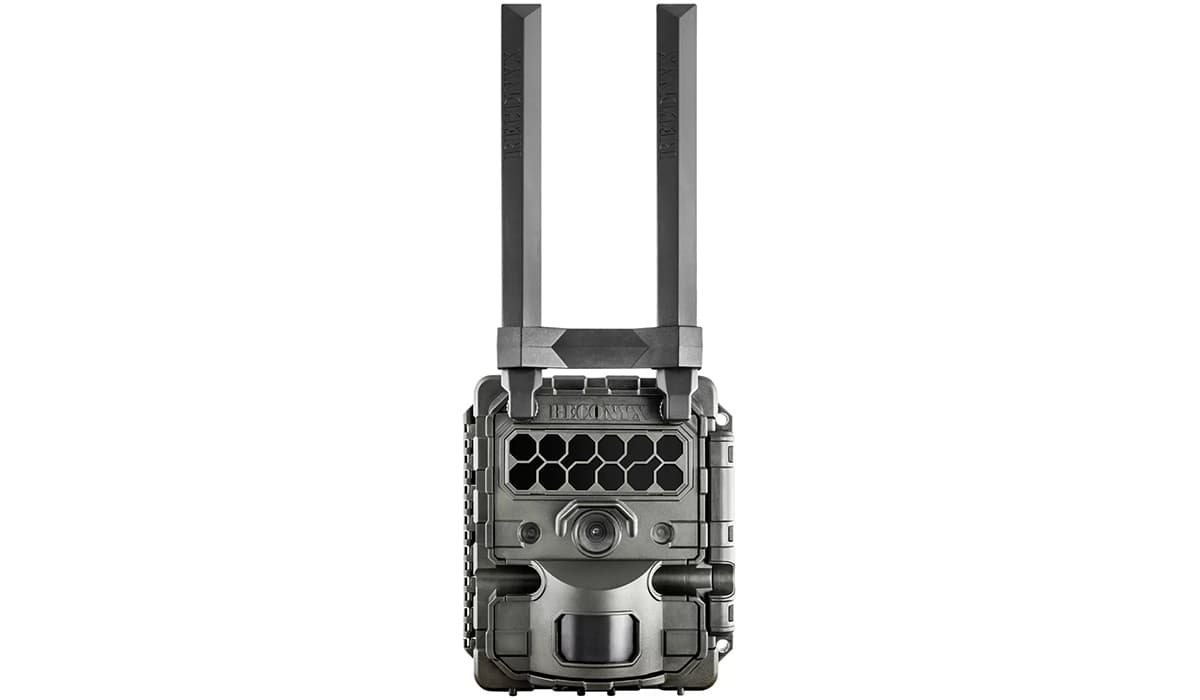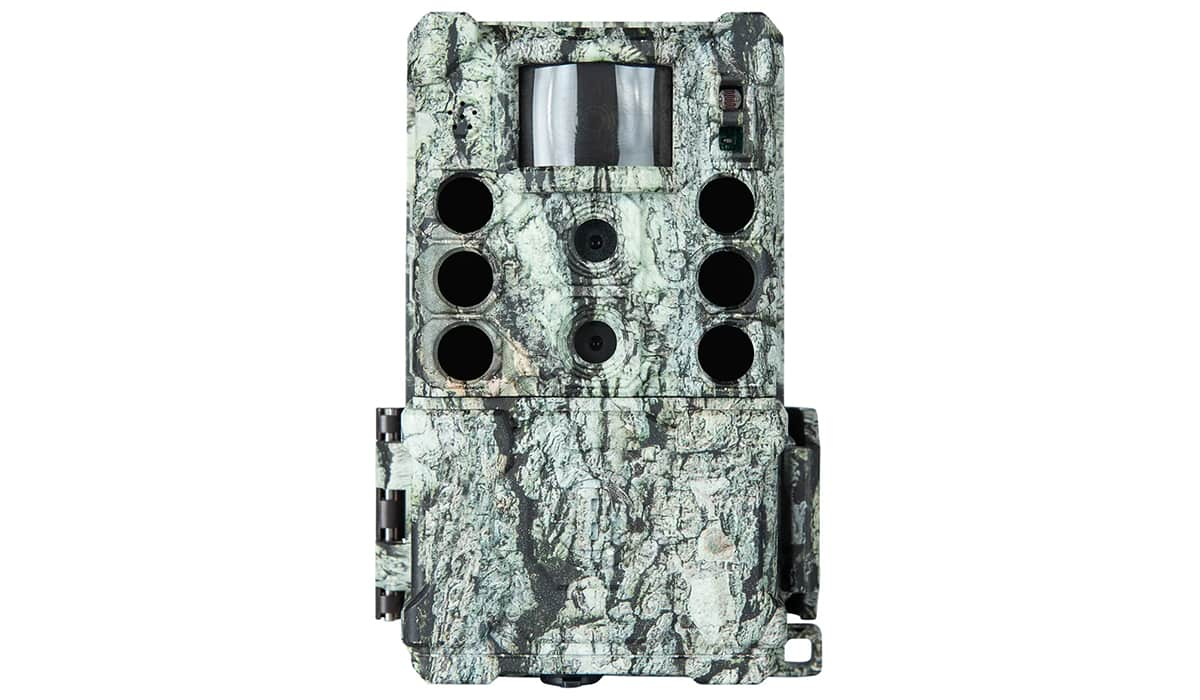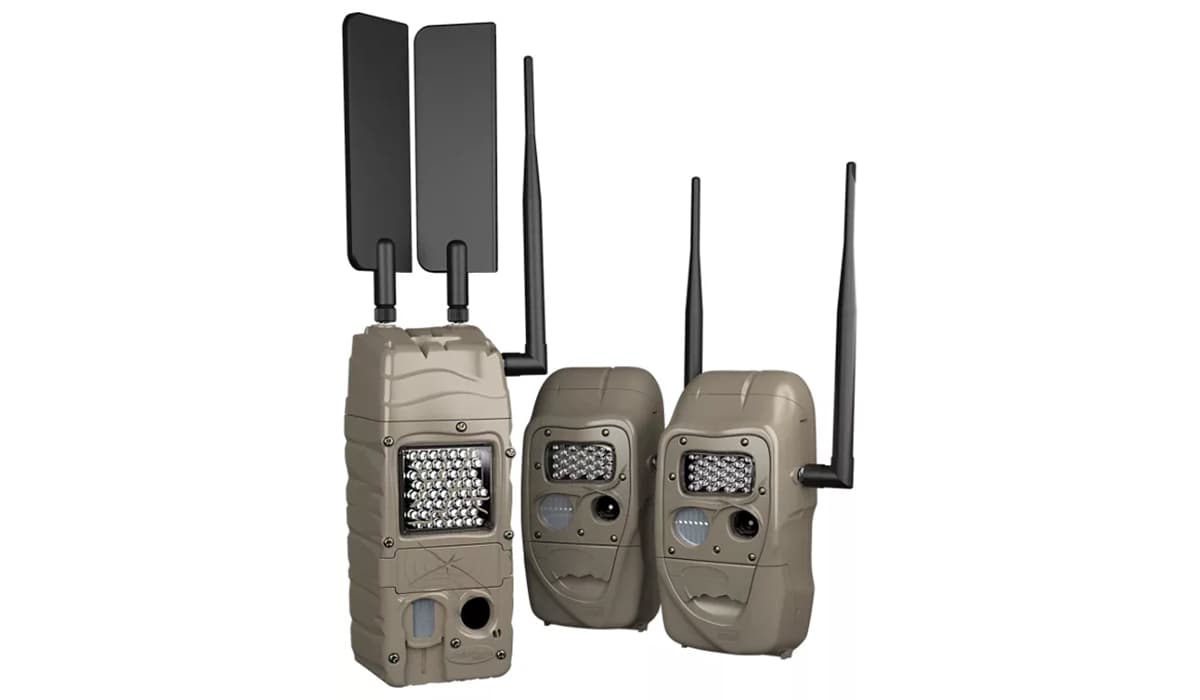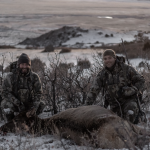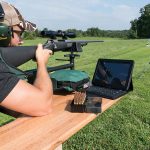Best Trail Cameras You Need Right Now
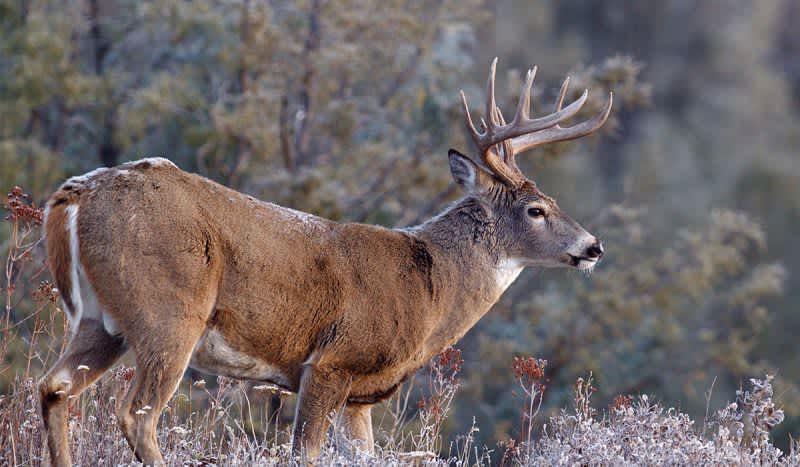
1. SpyPoint LINK-S-DARK Cellular Trail Camera - Editor's Pick
I have had the great luck of using the SpyPoint Link-S Dark for a while now and have liked it so much, I’ve swapped out several old cameras for this model. It’s a 12 mp camera that also shoots video both day and night. It operates on a cell server and works through SpyPoint’s recently updated mobile app to send everything to your phone. You can even check weather conditions in the field. It’s a solar camera, too, so you don’t need to check it very often, or much at all. It is truly a set-and-forget camera.
2. Reconyx HyperFire 2 Cellular Trail Camera - Highest Rated
If you ask anyone who owns a Reconyx camera what they think of it, or if they’d ever use another brand, you’ll get glowing recommendations for the brand. They inspire loyalty and always have extremely high reviews. If that isn’t telling you something, you’re not paying attention. These are simply amazing cameras. So it stands to reason that a cellular camera from Reconyx is going to be a great unit and the Reconyx HyperFire 2 Cellular Trail Camera is just that – Amazing..It has a crazy fast .2-second trigger speed and 150-feet NoGlow Covert infrared flash, giving you really clear images regardless of the time of day. It takes 12 AA batteries with a 40,000 image or 2-year battery lifespan for battery life – that’s solid! The camera is LTE-enabled for wireless transmission of images and videos, straight to your smartphone or computer. And it accepts up to a 512GB SD card for optimal storage. Want security? It has Reconyx’ CodeLoc pass-code protection to keep unwanted people from using the camera. Made in USA.
3. Bushnell Core DSK4 No Glow SD Trail Camera
I have used quite a few Bushnell trail cameras over the years and have found them to work well and be very dependable every season. They are always innovating and the Bushnell Core DSK4 No Glow SD continues that with what they call Dual Sensor (DS) Technology. It has one sensor specifically designed for sharp, rich images during the day, and a second sensor that gives you high-contrast, detailed images at night.
The camera has six high-output infrared LEDs with 120 feet range. The camera trips via an adjustable PIR motion sensor (auto, low, medium, high) with a fast 0.15-second trigger speed. This trail cam takes full color 34MP images and 1080p HD dynamic video with sound. The camera has a 2.1-inch color LED screen, too. This is a great trail camera.
4. CuddeLink LTE Cellular Camera Starter Kit
One issue many people have with cellular trail cameras is that you have to have a plan for each camera. CuddeBack cameras have been around for a long time and they were one of the original innovators in the area. It came as no surprise to me that they found a cool way around the issue. The CuddeLink Cellular system has one central camera that is connected to your phone and with a single service plan, that can be as low as $10 per month. From there, you can connect multiple cameras to that single “tower” to cover more ground. They have a starter pack with one central PowerHouse IR camera and two CuddeLink Long Ranger IR units, giving you three 20mp cameras, each with .25 second trigger speed and IR LED flashes for day and night time images. It may seem like a lot of money, but when you take three cellular cameras from other brands and add service plans, the savings rack up quickly.
How to set up your trail camera
Each brand of camera has different set up instructions, most of which are very easy to follow. Some have helpful tips and videos on their websites, like SpyPoint.
How to Get the Best Pictures from Your SPYPOINT Camera| SPYPOINT – YouTube
As for placement in the field, I suggest doing the footwork. Get out and find signs of deer or other game activity. Check the angles and set your new camera off the main pathway, making sure to not face it directly into the sun. Also clear out any big branches of brush that is directly in front of the camera, as the wind can move it and cause an image to be triggered. I learned this the hard way one time when I got 2,115 pictures of a branch moving in the wind.
How often will a trail camera take a picture?
Most all trail cameras are motion activated, meaning that something has to be moving in front of the camera for it to take a picture. While this means that a deer or other animal moving in front of the camera can trigger it, it can also be triggered by wind blowing a branch, or even the sun moving shadows across the area. If you have a lot of underbrush, set your sensitivity of the trigger to lower settings to avoid accidental images.
Do trail cameras have flashes?
Most cameras have a flash of some kind, with most modern cameras having some form of LED flash. Many have switched to an infrared flash so you can’t see it. Some older and lower end cameras have a traditional flash that everything can see. Years ago, I set one of these types of cameras up in the woods across from my mother’s farmhouse. She called me at 2am in a panic because there were these weird flashes of light coming from the woods every few minutes. Good times.
We are committed to finding, researching, and recommending the best products. We earn commissions from purchases you make using the retail links in our product reviews. Learn more about how this works.


